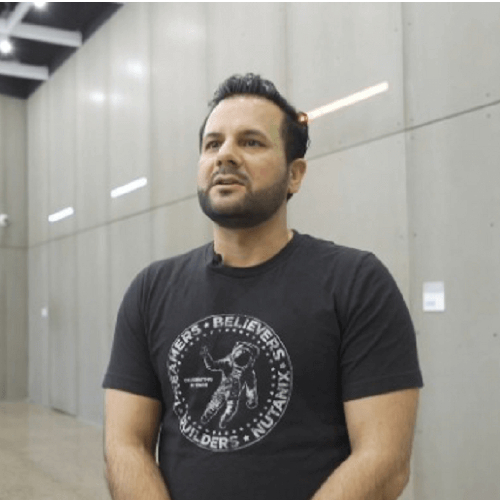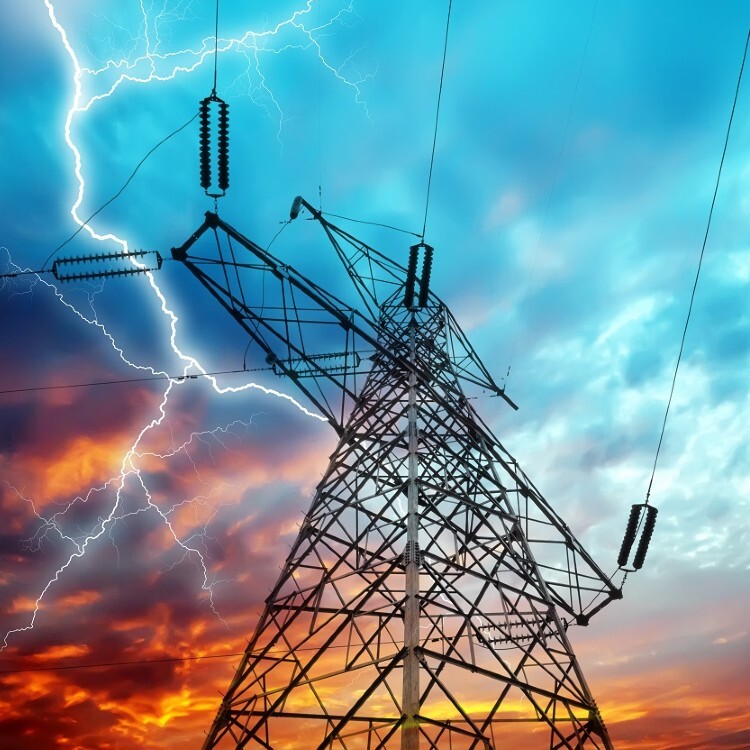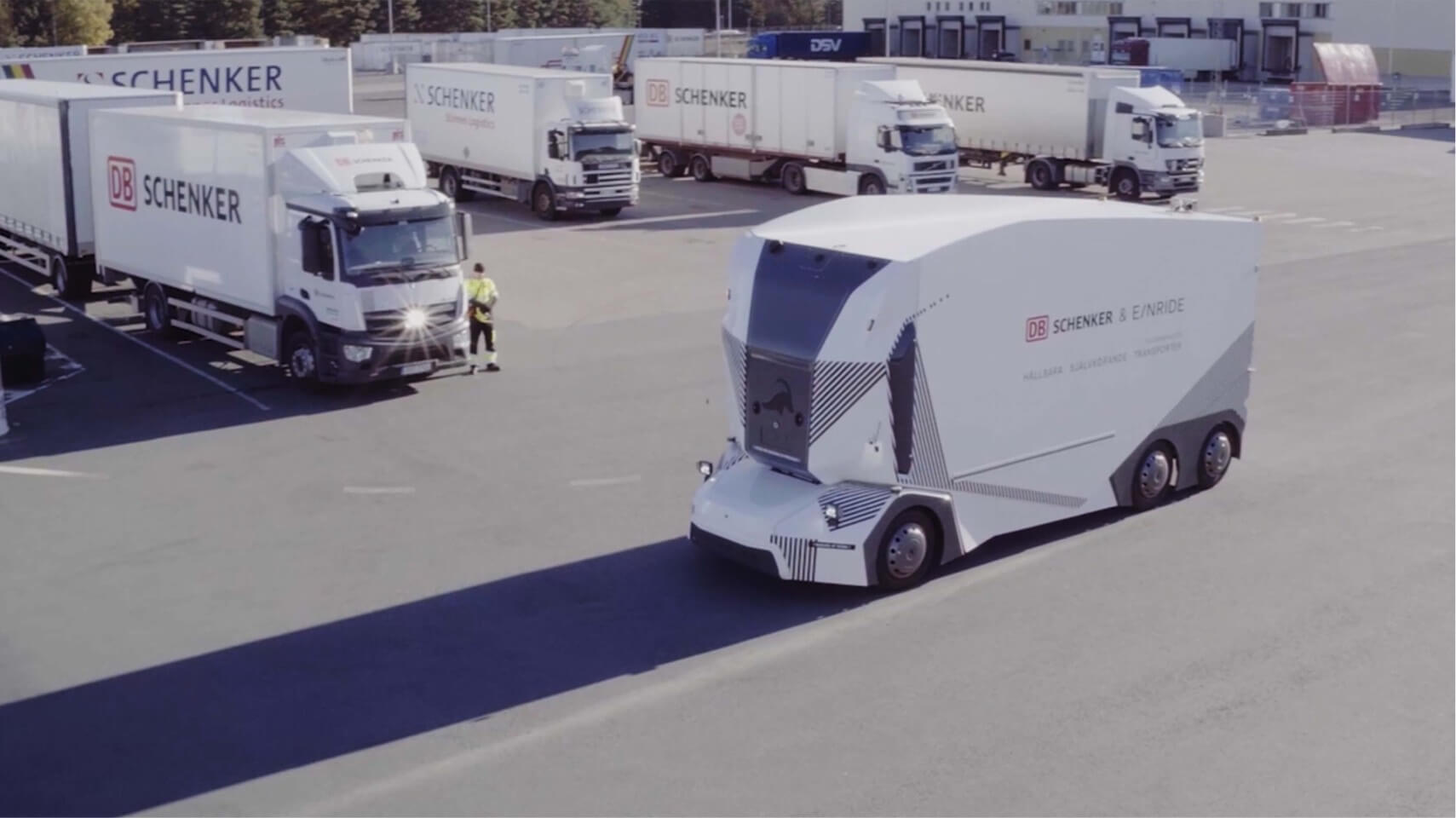In addition to a commitment to renewable energy, the program focuses on cloud-based green solutions to jumpstart the transition to a zero-carbon internet. Through cloud infrastructure and public-cloud partnerships, the company is working to connect cloud providers and customers with a shared commitment to provide energy- and carbon-efficient data centers.
Solutions like server virtualization mean there’s less physical equipment inside data centers, which in turn facilitates a smaller carbon footprint and less end-of-life IT waste. Self-service and pay-per-use cloud-based infrastructure allow customers to consume computing resources only when they need them.
“Sustainability is front and center for our data center growth and operations,” Noelle Walsh, corporate vice president of Microsoft's Cloud Operations + Innovation, said in a statement.
In its Environmental, Social, and Governance Report released in mid-2021, Nutanix stated that sustainability is at the core of the enterprise software it makes. The company’s hyperconverged infrastructure (HCI) and hybrid multicloud IT software help its over 19,000 customers “to significantly reduce their carbon footprint through utilizing less hardware to run the same workloads.” Nutanix has a plan for its IT operations to use 80% less energy and 85% less water than traditional cooling systems, with some systems that will run without water cooling.
To achieve these goals, the IT team is moving more of it’s data centers to run on it’s own hybrid cloud infrastructure software, which includes virtualization, provisioning other capabilities for scaling up or down computing resources as needed.
“Data center operators have to maximize efficiency on every inch of data center space,” said Harmail Singh Chatha, principal designer of Nutanix’s data center. He’s worked on over 100 data centers in his career and said the conversation is really changing around sustainability.
“We have a number of customers reaching out to our sales folks asking, ‘what are you guys doing from a sustainability standpoint?’”
He said data center energy consumption varies widely from one installation to the next. Data centers in office buildings, for instance, are much less energy efficient than a purpose-built data center, whose environmental controls can be optimized to manage electricity consumption, he explained. The hyper-dense data centers Chatha helped Nuanix build in recent years consist of commodity hardware-filled racks crammed with extra processing power. Each stack combines compute, networking and storage and uses the company’s HCI software to virualize and manage resources.
“It’s now the age of the software-defined data center,” he said. “That’s the mindset that everybody has to go into in this industry.”
So, where is the data center business going? More automation is on the way, Chatha predicts. His team considered deploying robots to Nutanix’s data center to roam around and monitor the environment. He said robots could do some tasks that are easy to automate.
“Ultimately, I think it'd be challenging to get robots to do everything in the data center,” he concluded, but this, too, could help maintain a data center’s optimal performance.
Cloud-powered artificial intelligence offers a creative solution for managing workloads. In May, for example, Google announced that its “carbon-intelligent computing platform” will process one-third of Google’s non-production workloads next year. The technology schedules non-urgent workloads within each data center to run when that data center is getting the most renewable energy.
“By enabling our data centers to shift flexible tasks to different times of the day, we were able to use more electricity when carbon-free energy sources like solar and wind are plentiful,” Ross Koningstein, co-founder of Google’s Carbon-Intelligent Computing project, wrote in a blog post.
Just a few years ago, green data centers might have been a far-fetched myth. What once sounded like fiction, however, is now a fact. By combining creative and sustainable built environments with green cloud solutions, companies in the carbon-heavy communications and technology sector can forge a path to a greener planet—because of technology, not in spite of it.






